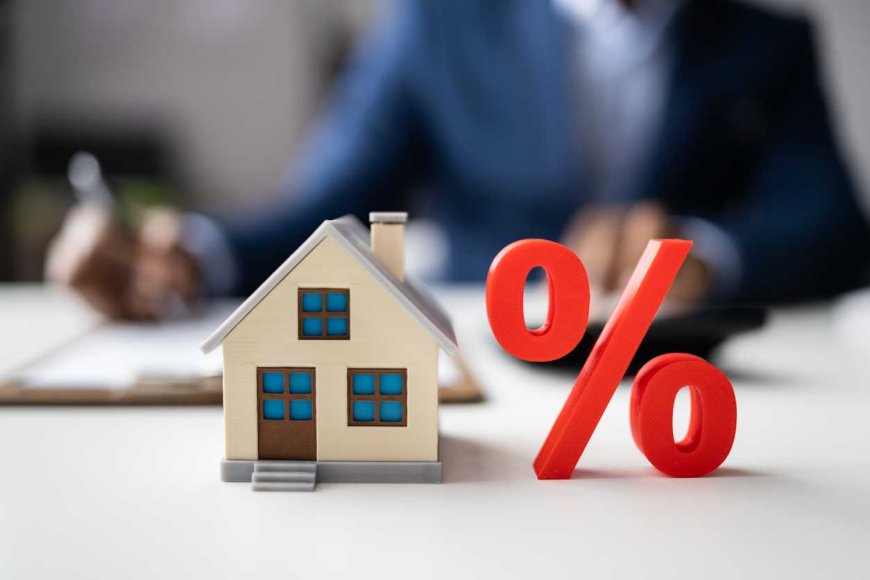Rate-Locked and Rooted: Americans Trapped by Homeownership Dreams Amid Housing Crisis
Glenn Kelman explains why Americans are “rate-locked” in their homes amid historic low mortgage rates, creating gridlock in the housing market and highlighting the need for policy reforms.

August 15, 2025 — For millions of Americans, owning a home has long been the cornerstone of the American Dream. Yet, in a housing market increasingly defined by scarcity, soaring prices, and historic mortgage rates, many homeowners find themselves “rate-locked and rooted”, unable or unwilling to move despite their desire for new opportunities.
Glenn Kelman, CEO of Redfin, recently shed light on this growing dilemma, explaining how homeowners are holding onto their ultra-low mortgage rates, creating a ripple effect that is restricting mobility and further exacerbating the housing crisis.
Why Homeowners Are Stuck
During an interview with The Atlantic on Thursday, August 14, 2025, Kelman emphasized that the main factor keeping Americans in place is the record-low interest rates secured during the pandemic era. For many, refinancing into today’s higher rates—now averaging around 7%—would dramatically increase monthly payments, making moving financially unviable.
“This isn’t just about affordability; it’s about financial calculus,” Kelman said. “Homeowners are making rational choices to stay put, even if that means sacrificing career opportunities, better schools, or proximity to family.”
Kelman also highlighted the unintended consequences: neighborhoods with otherwise desirable homes remain occupied by long-term owners, while new buyers struggle to enter the market. This gridlock contributes to rising rents, inflated home prices, and widening economic inequality.
For more context on current mortgage rates and trends, see Redfin’s Mortgage Report and National Association of Realtors housing trends.
The Wider Housing Market Impact
The reluctance to sell isn’t isolated—it’s a systemic issue affecting both urban and suburban markets. Cities with high-cost housing, such as San Francisco, New York, and Seattle, are seeing particularly pronounced stagnation. Analysts warn that this could result in a long-term mobility crisis, where job relocation and family moves are delayed, suppressing broader economic growth.
A recent report indicated that nearly 35% of U.S. homeowners with mortgage rates below 3% are unlikely to sell within the next five years unless rates drop again or incentives are offered. This lock-in effect has ripple impacts on inventory, affordability, and regional labor markets.
Potential Policy Solutions
Kelman and housing economists suggest a variety of measures that could alleviate the rate-lock problem:
-
Portability Programs – Allowing homeowners to transfer their current mortgage rates to a new property.
-
Tax Incentives – Offering deductions or credits for homeowners who sell and purchase another home within a set period.
-
Expanded Affordable Housing Supply – Building more mid-range homes to accommodate first-time buyers without impacting ultra-low-rate homeowners.
-
Refinancing Assistance – Government-backed programs to help homeowners bridge the gap between old and new mortgage rates.
While some of these solutions have been proposed in Congress, implementation remains slow, leaving homeowners and buyers in a prolonged state of limbo.
Human Stories Behind the Statistics
Beyond the numbers, there are countless personal stories of families caught in this trap. Young professionals delaying career moves, parents forgoing better school districts, and retirees unable to downsize illustrate the human cost of rate-lock.
Kelman points out that “housing isn’t just an investment; it’s a life choice. And right now, people feel trapped between financial prudence and life flexibility.”
Looking Ahead
Economists warn that unless policymakers act, the U.S. could face a mobility crisis worse than any seen in decades, potentially slowing economic growth and deepening regional inequality. Kelman believes that solutions need to balance fairness for existing homeowners with the accessibility needs of new buyers.
For additional insights into housing market dynamics and long-term forecasts, see The Atlantic housing feature.








